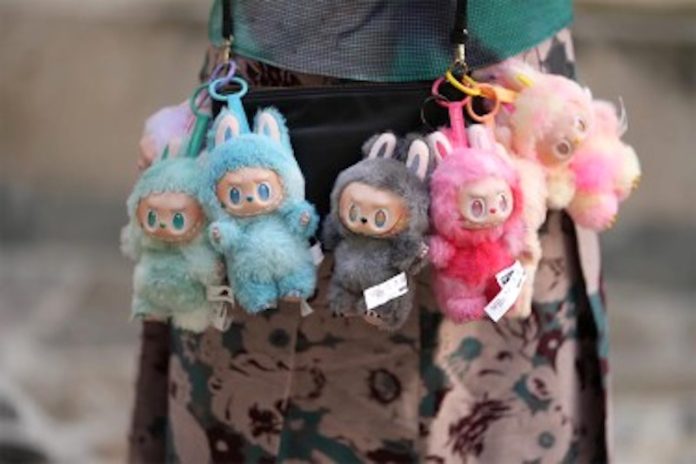Note: Siena Fagan is an objectively un-trendy chick
I do not care if your Labubu is actually a Lafufu. I do not want to try a Dubai Chocolate Iced Latte. And I do not want to see your Sonny Angel collection.
Trend Culture is a step too far.
Call me outdated, call me cynical – I’ve been called much worse. But, once you understand my perspective (that is, through the lens of economics), you might just see where I’m coming from.
Just about anything in our world can be explained by economic concepts, and at the top of that list (or maybe just my mind) is trend culture.
Social Contagion is a psychological process by which behaviours and trends spread rapidly through groups of people due to subconscious social pressures.

A trend of my pre-teens: Doughnut Time. I’ll let you google how that one ended… but please note the shadow wolf phone case in my lap.
This often occurs in financial markets, with spending frenzies on particular investments when they gain a reputation of being a ‘good investment’.
Not to draw too many similarities between the ASX and the FYP, but consumers find value in patterns – whether that be patterns in what’s perceived as cool, or patterns in what shares have the best dividends. Humans like being a part of something. We like feeling included, and cool, and on trend.
That’s why people scavenge for Smiskis, and line up outside pop marts, or attempt home-made whipped coffee (am I dating myself yet??).
There is value found in the chase – that is ‘Experience Economics’.
You aren’t just paying for a product, you are paying for the fun (or perceived fun) of collecting the worldly possessions that TikTok tells you are important.
Once there is that demand, driven by a thirst for relevancy and apparent trendiness, the game is on.

Social media users often gain attention for their adherence to trends, for example, collecting an entire series of Labubus.
The first rule of economics is as follows: prices will be set in an open market where supply is equal to demand. I won’t bore you with the mechanics of it, but that is to say that there are two factors in prices – supply and demand – both of which are messed with by obsession culture.
Supply is kept low by ‘manufactured scarcity’. Basically, firms put barriers in place to make it harder to purchase a product.
They decide to produce less than what they are truly capable of.
They don’t challenge knock off products because that makes the real ones much more special when you find it.
They institute a system where you don’t know which product you’re buying. Actually, don’t get me started on blind boxes…

‘Blind Boxes’ are a phenomen where you purchase a box in a ‘series’, but don’t know what is actually going to be in the box. It encourages people to keep buying more and more until their collection is ‘complete’.
It’s all a ploy! To make you spend more, think less.
Why? People want what they can’t have. The people thirst for the adrenaline of finding the thing that they’ve been searching for. They crave their own 24 carat gold Labubu.
These tricky supply policies amplify the effects of social contagion. More, more, MORE!!!
A product whose value is inherently related to the comparative consumption of other actors in a market, rather than its utility or quality. POSITIONAL GOOD
Demand is high. Supply is low. I could draw a graph for this… let me grab my Hello Kitty notebook and pen!
The market is manipulating you: wanting you to claw your way through the swarms of people willing to spend their hard earned cash on a piece of plastic made special because only ninety-nine other people have it.
Ninety-nine other pieces of plastic that will gather dust on their respective shelves. Lost, alone, and forgotten, while their owners doom themselves to the endless passiveness of scrolling.
Like I said, perhaps I’m a cynic, but I truly want nothing to do with your Labubu.



